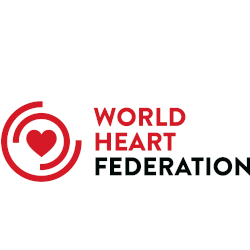Research
A comparison of clinical characteristics, medications, and outcome between acute stroke and acute myocardial infarction
Abstract
Objectives: The objective of this study was to compare acute stroke (AS) and acute myocardial infarction (AMI) in terms of clinical characteristics, medications at discharge, and in-hospital outcomes.
Methods: Data were obtained from personal interviews as well as the medical files of the patients admitted to Al-wattani hospital, Palestine in the period September 2006 until August 2007. All data were analyzed using SPSS v15. Chi-square and student’s t test were used to test for significance.
Results: A total of 281 patients were included, 186 had AS and 95 had AMI. AMI patients were significantly younger than those with AS (P = 0.000). Hypertension (HTN) (% 69.9) was the most prevalent risk factor for AS patients, while diabetes mellitus (DM) (46.3%) was the most prevalent risk factor for AMI patients. The prevalence of the following risk factors was significantly different between AS and AMI: HTN (P = 0.000), previous stroke (P = 0.000), and atrial fibrillation (P = 0.027). Antiplatelets (P = 0.000), statins (P = 0.000), and beta blockers (P = 0.005) were prescribed significantly more for patients with AMI than for patients with AS at discharge. However, ACE-I was the only class that was prescribed significantly (P = 0.000) more for AS patients compared to AMI. In-hospital mortality among both groups was 20.9% for AS and 16.8% for AMI. There was no significant difference in inhospital mortality between AS and AMI patients regardless of age. Gender differences in in-hospital mortality between AS and AMI were observed. AS was significantly (P = 0.010) more fatal than AMI for males. However, AMI was significantly (P = 0.048) more fatal than AS in female patients. Furthermore, males who died after AMI were significantly younger than those who died after AS (P = 0.001).
Conclusion: AMI affects people at early life phases compared to AS. HTN and DM are among the common risk factors. Prescribing of medications for secondary prevention could be improved. Gender and age differences in outcome are seen in both AS and AMI patients.


